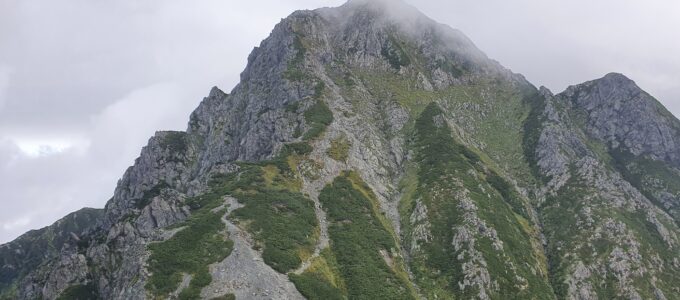Using supplemental oxygen for high altitude climbs is common. I’ve even seen people use mini oxygen tanks on Mt Fuji. While it’s highly unlikely you’d need extra oxygen around that altitude (unless you go there with absolutely no training and the lung capacity of a goldfish), it can keep people alive and let them succeed above 8000m.
I don’t know who came up with the idea that climbing without supplemental oxygen is the only “fair means” to reach a summit (maybe Messner?), but I beg to differ. It is definitely a bigger achievement but that does not make using it cheating or doping.

